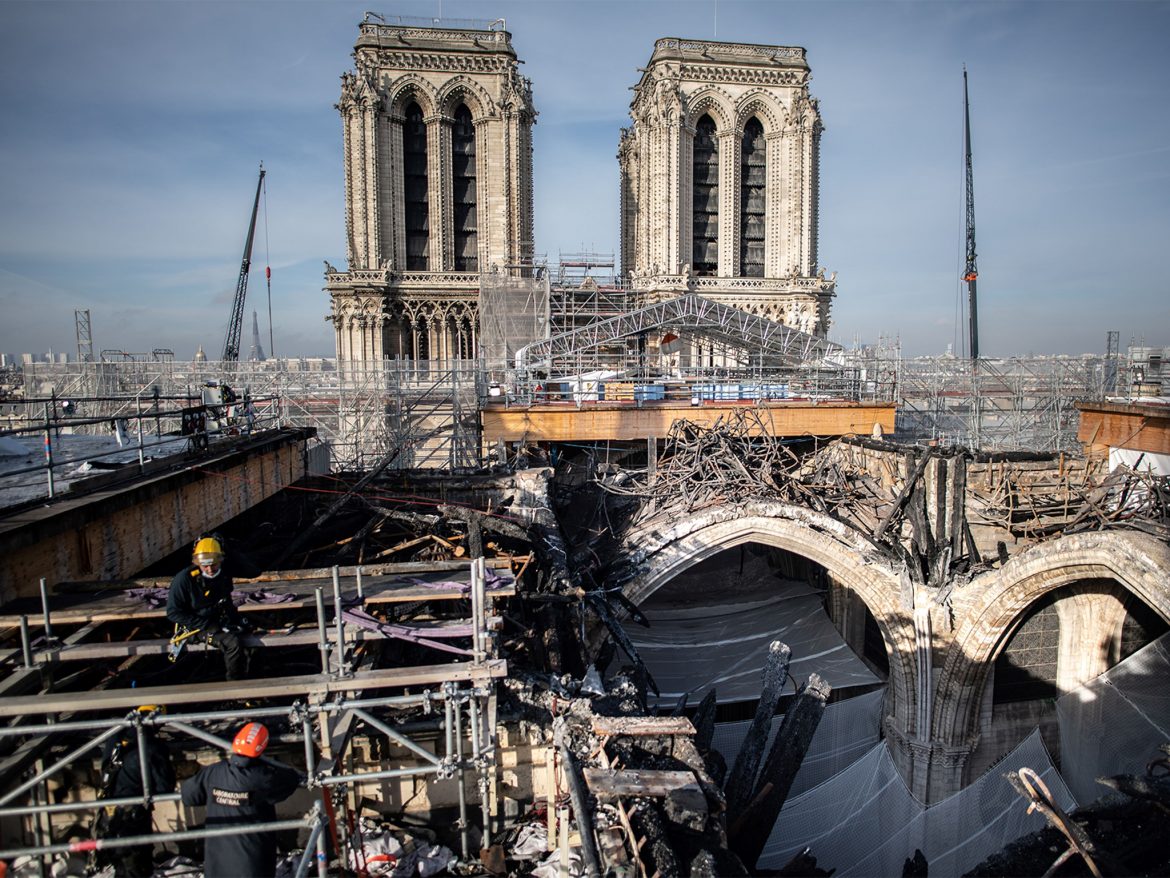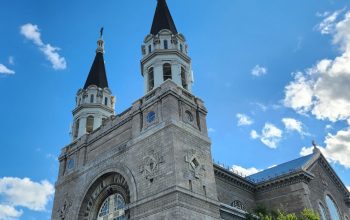Photo Credit: Martin Bureau
Does Notre Dame’s restoration project put beauty in peril?
Marcella van Run, Senior Copy Editor
On April 15th, 2019, Notre Dame went up in flames. The iconic Parisian cathedral gripped France and the world with its smoking roof and toppled spire, and grief poured out in prayers, tears, and restoration donations. Three years later, as we approach the anniversary of the cathedral’s devastation, a new architectural controversy has developed.
In December 2021, France’s National Heritage and Architecture Commission approved a proposal for the restoration of the cathedral that involves some modernizing changes. These include light fixtures set to project multilingual bible verses on the walls, the rearranging of altars and confessionals to optimize space for visitors, and the incorporation of contemporary art pieces.
Other suggested (albeit rejected) changes since the fire have included a greenhouse on the roof, a spaceship-like appendage, and a glass beam of light in place of a spire. Many believe that the integrity of the space would be distorted by the encroachment of these modernist edits. For those who would prefer to see Notre Dame restored as a traditionally liturgical space, responding to these proposals must feel like a dire game of Whac-A-Mole.
Others see such changes as continuous with a tradition of grafting new things into the old. French President Emmanuel Macron is quoted to have said that “a contemporary architectural gesture” that might make Notre Dame “even more beautiful” would be welcome. But is beauty the objective of this restoration project? Whatever the answer, the mere mention of beauty suggests the endurance of its importance to considering sacred spaces.
“Notre Dame’s epic beauty blurs the lines of our easy, clichéd divisions” was the title of an Op-Ed that Professor Stephen Tardif of the Christianity and Culture program wrote for The National Post in April 2019. “Lost or restored,” Notre Dame’s beauty has the power to stir the whole person. The outpouring of emotion provoked by the sight of beauty in peril was profuse and far-reaching. Tardif’s article ends with a quote from Hans Urs von Balthasar, that “before the beautiful–no, not really before but within the beautiful–the whole person quivers.”
What happens inside Notre Dame, and in cathedrals the world over, is a mystery. I don’t mean the travelers and tourists who flush through seeking a cultural experience; I mean the mystery of faith that built the original cathedral and comprised its inner-life for generations. What happens in a place is what provides its purpose, and a function of cathedrals has always been to house the highest beauty. We can all more or less assent to mourn when beauty is destroyed, but beauty in repair begs return to the question: for what purpose does Notre Dame stand at all?




